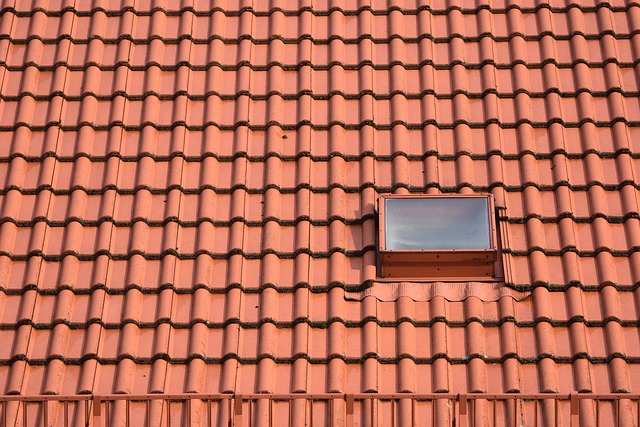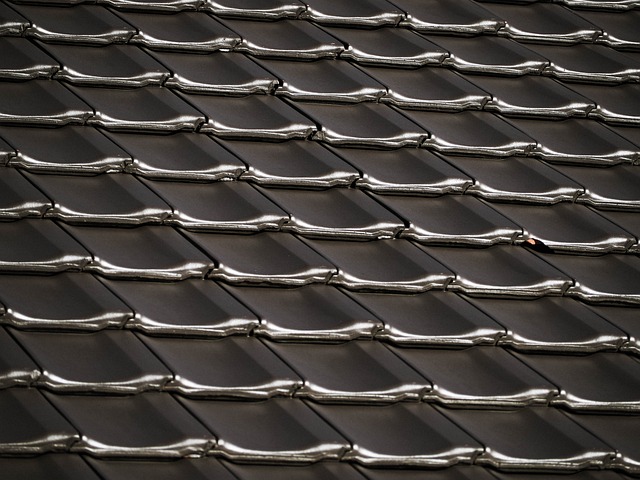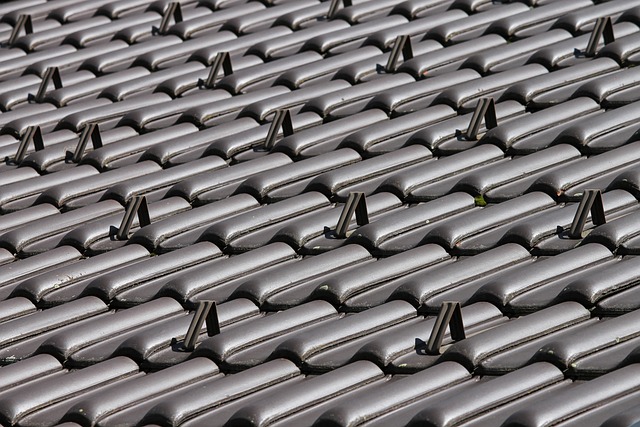In Houston, where the climate features heavy rains, high winds, and a susceptibility to hail and storm debris, maintaining the structural integrity of a home's roof flashing is essential for preventing water intrusion. Homeowners are advised to conduct regular inspections and proactive maintenance to safeguard their homes from the elements. Signs of compromised flashing include cracked caulk, light visibility from the outside, or water stains on ceilings, which should be addressed promptly to prevent more serious and costly damages. Specialized Houston roof repair services are vital for accurate damage evaluation and efficient repairs, ensuring homes are fortified against the region's challenging weather conditions. For repairs, durable materials like aluminum—known for its lightweight and anti-rust properties—and resilient sealants that withstand Houston's diverse weather, from heavy rainfall to intense heat, are necessary. Utilizing a caulking gun for efficient sealant application and employing various types of metal flashing, along with underlayment shingles and flashing cement or urethane sealant, can effectively address leaks and safeguard homes from the damaging effects of water damage. Homeowners in Houston should prioritize these measures to maintain their properties' integrity amidst the area's challenging weather conditions, ensuring longevity and safety for their structures. Regular maintenance post-weather events, along with consulting experienced local Houston roofing contractors, is key to preempting potential damage and reducing future repair needs.
Addressing water infiltration in Houston residences is a critical task, especially given the region’s volatile weather patterns. Roof flashing, a pivotal component of a home’s protective envelope, often requires attention to prevent such intrusions. This article delves into effective strategies for repairing and maintaining roof flashing in Houston, ensuring resilience against water damage. From assessing the extent of damage to employing the right tools and materials, we guide you through a comprehensive repair process tailored to the local climate. Additionally, we explore best practices for sealing and protecting your flashing from Houston’s diverse weather conditions, culminating in maintenance tips that will help maintain its integrity over time. With Houston roof repair as a priority, this article is an essential read for homeowners seeking to safeguard their homes against the elements.
- Assessing the Damage: Identifying Roof Flashing Issues in Houston Residences
- Tools and Materials Required for Effective Roof Flashing Repair in Houston Climate
- Step-by-Step Guide to Repairing Roof Flashing in Houston to Prevent Water Intrusion
- Best Practices for Sealing and Protecting Roof Flashing in Houston's Varied Weather Conditions
- Ensuring Long-Term Performance: Maintenance Tips for Houston Roof Flashing Post-Repair
Assessing the Damage: Identifying Roof Flashing Issues in Houston Residences

In Houston’s diverse climatic conditions, where torrential rains are common, ensuring the integrity of a residence’s roof flashing is paramount to prevent water infiltration. Houston roof repair specialists emphasize the importance of regular inspections and prompt maintenance to identify potential issues with roof flashing. These critical seams, where different parts of the roof meet, such as chimneys, vents, and valleys, are susceptible to damage from high winds, hail, and debris. Homeowners should be vigilant for signs of compromised flashing, including cracked caulk, visible daylight entering the roof, or water stains on interior ceilings. Identifying these issues early can prevent more extensive and costly repairs down the line. A thorough assessment involves a comprehensive examination of the roof’s entirety, paying particular attention to joints and valleys where leaks are most likely to occur. Utilizing Houston roof repair services with expertise in this area ensures that any damage is assessed accurately, and the necessary repairs are executed efficiently to safeguard your home against the relentless elements.
Tools and Materials Required for Effective Roof Flashing Repair in Houston Climate

Addressing the frequent and sometimes severe weather patterns characteristic of Houston, effective roof flashing repair is a critical task for homeowners to safeguard their properties from water infiltration. The humid climate and tropical storms make it essential to use durable materials and precise tools for this purpose. To undertake this repair, one will require a comprehensive set of tools and materials that include metal snips or shears, a hammer, safety gloves, a pry bar, a chalk line, flashing cement or urethane sealant, roofing nails or screws, underlayment shingles, and metal flashing materials such as aluminum, galvanized steel, or copper. Aluminum is particularly favored due to its lightweight nature and resistance to rust, making it a suitable choice for Houston’s high humidity conditions. The sealant used should be resistant to the elements and capable of forming a watertight bond, ensuring that the repair withstands Houston’s varied weather patterns, from heavy rainfall to scorching sun. It is also advisable to have a caulking gun for efficient application of the sealant and to use step flashing, counterflashing, and drip edge materials for optimal protection against water infiltration. With the right tools and high-quality materials at hand, Houston roof repair professionals can effectively mitigate leaks and protect homes from the damaging effects of moisture intrusion.
Step-by-Step Guide to Repairing Roof Flashing in Houston to Prevent Water Intrusion

Addressing water infiltration issues promptly is crucial for maintaining the integrity of a Houston home, especially given its susceptibility to severe weather. When it comes to safeguarding your property from such incursions, repairing roof flashing is an essential task. Here’s a step-by-step guide to effectively mend roof flashing in Houston and prevent water intrusion:
Begin by carefully inspecting the roof for any signs of compromised flashing, such as cracked caulk or visible leaks during a rainstorm. These indicators are your first line of defense in identifying problem areas. Once identified, the repair process can commence. Start by clearing out any debris or granules from the area around the flashing. This ensures a clean and solid bond for the new sealant. Next, gently remove the old flashing and sealant with a pry bar or flathead screwdriver, taking care not to damage the underlying shingles. After cleaning the surfaces thoroughly, apply a fresh layer of high-quality roof sealant along the edges where the flashing meets the shingle and chimney. Ensure that this sealant extends a few inches beyond the visible edge of the flashing for optimal waterproofing. Carefully position the new flashing over these areas, pressing it firmly into place to ensure proper adhesion. Finally, use a notched caulk gun to apply a continuous bead of new sealant along all exposed edges and laps, smoothing it out to eliminate any air pockets or gaps that could allow water to penetrate.
In Houston’s often-unpredictable climate, it’s essential to use materials designed for high heat and humidity, as well as resistance to the elements. For instance, using a rubberized roof flashing with a durable silicone sealant is highly recommended due to its adaptability to temperature changes and its long-lasting performance. By adhering to these steps and utilizing quality materials, Houston residents can effectively repair their roof flashing, preventing costly water damage and ensuring the longevity of their homes. For professional assistance or further guidance on Houston roof repair, consulting a local, experienced roofing contractor is advisable.
Best Practices for Sealing and Protecting Roof Flashing in Houston's Varied Weather Conditions

In Houston, where weather conditions can range from intense heat and high humidity to torrential rains and high winds, ensuring that roof flashing is properly sealed and protected is a critical aspect of maintaining structural integrity and preventing water infiltration. Best practices for roof repair in Houston involve the use of high-quality materials and meticulous workmanship. Contractors specializing in Houston roof repair should first conduct a thorough inspection to identify any compromised areas where flashing meets different surfaces, such as walls, chimneys, or valleys. Once identified, these areas must be cleaned thoroughly to remove debris, mold, or old sealant residues that could interfere with the adhesion of new materials.
For sealing and protecting roof flashing, professional Houston roof repair services often recommend rubberized asphalt or synthetic rubber membranes due to their flexibility and resistance to temperature fluctuations and weather extremes. These materials, when properly applied, provide a watertight seal that can withstand the dynamic climate challenges Houston homes face. Additionally, applying a reflective coating over the flashing can help mitigate the sun’s harsh rays, extend the lifespan of the materials, and further prevent weather-induced deterioration. Regular maintenance checks, especially after significant weather events, are essential to ensure that seals remain intact and to address any issues promptly, thus safeguarding against costly repairs down the line.
Ensuring Long-Term Performance: Maintenance Tips for Houston Roof Flashing Post-Repair

In conclusion, addressing roof flashing issues is a critical task for Houston homeowners to safeguard their properties from water infiltration, especially given the region’s exposure to severe weather. The process of assessing and repairing roof flashing demands careful attention to detail and the use of appropriate tools and materials, as outlined in this article. By following the step-by-step guide and adhering to best practices for sealing and protecting these vulnerable points, residents can ensure their roofs remain intact and resilient against the elements. Regular maintenance post-repair is key to maintaining the integrity of Houston roof repair work and preventing costly future damages. Homeowners who prioritize this aspect of home care will benefit from a more durable and waterproof home, ultimately enhancing its longevity and safety.
